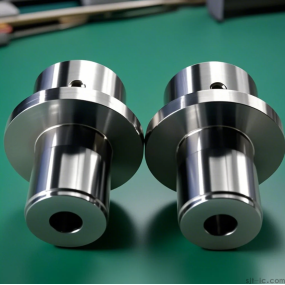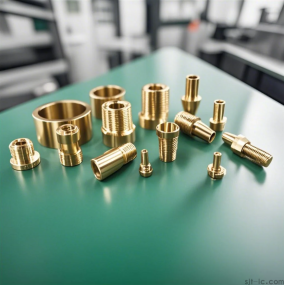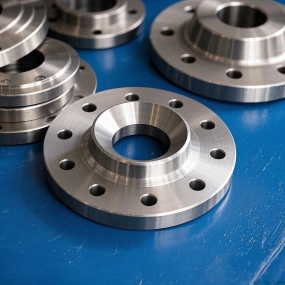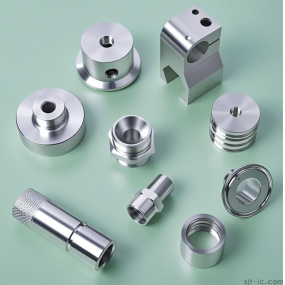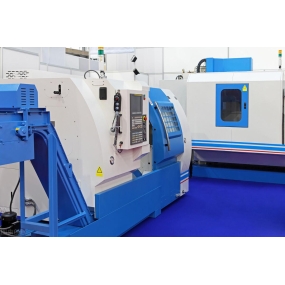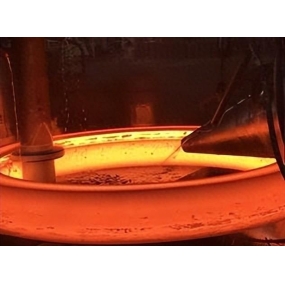The common plastic processing techniques we use generally include extrusion, injection molding, molding, blow molding, rolling molding, casting, dipping, and other molding processes, which are selected based on different materials and products. Now let's take a detailed look at these plastic processing methods.
1. Blow molding: Models made of HDPE 1/3 or higher can be molded using blow molding.. The characteristic indicators of blow molding grades, such as melt strength, ES-CR, and toughness, are similar to those used for sheet and thermoforming applications, so similar grades can be used.
2. Extrusion: The grades used for extrusion production generally have a melt index of less than 1 and a medium to wide MWD. During the processing, a low MI can achieve suitable melt strength. Wider MWD grades are more suitable for extrusion molding because they have higher production speeds, lower die pressures, and a reduced tendency for melt fracture.
3. Rolling molding: Materials processed using this method are generally crushed into powder and melted and flowed during thermal cycling. Roll molding uses two types of PE: universal and crosslinkable. General grade MDPE/HDPE typically has a density range of 0.935 to 0.945g/CC, with a narrow MWD that gives the product high impact and warpage. Its melt index typically ranges from 3 to 8. Higher MI grades are usually not suitable as they do not possess the expected impact and environmental stress cracking resistance of rotational molded products.
4. Injection: Injection is commonly used to manufacture smaller containers for packaging drugs, shampoo, and cosmetics. One advantage of this processing is that the production of bottles automatically removes the edges and corners, without the need for post-processing steps like typical blow molding. Although some narrow MWD grades are used to improve surface finish, medium to wide MWD grades are generally used.
5. Blowing film: PE film processing generally uses ordinary blowing film processing or flat extrusion processing method. Most PE is used for thin films, and general-purpose low-density PE or linear low-density PE can be used. HDPE film grade is generally used in places that require superior stretchability and impermeability.
6. Casting: Casting is commonly used to make plates, electrical insulation equipment, gears, pulleys, decorations, and other products. It is called Cast Plastic II. The liquid resin mixture that can be injected into the mold cavity or introduced into the mold cavity by other methods to form a fixed shape solid product without adding pressure or slight pressure has the characteristics of fluidity and low shrinkage rate when used to produce plastic products.
7. Molding: The process of molding plastic materials under pressure, usually with simultaneous heating, using molds or mouth molds. Here, "mold" is used to modify "plastic".
8. Plastic dipping: Plastic dipping is generally used for signage and is a relatively inefficient process. If the temperature is not well controlled, plastic raw materials will be wasted greatly.
The above are the conventional processes for processing plastic products. In fact, with the changing demands of different industries, many CNC plastic processing techniques have emerged. However, there are some requirements for the material of plastic, usually materials with high hardness and density, such as PTFE, POM, Peek, etc. The cutting tools commonly used in plastic processing include high-speed steel milling cutters, hard alloy milling cutters, milling cutters for machining flat surfaces, milling cutters for machining grooves, milling cutters for special shaped surfaces, pointed tooth milling cutters, shovel tooth milling cutters, and turning tools.
Shenzhen EMAR Precision Technology is a professional manufacturer dedicated to high-precision CNC Machining, including CNC plastic processing. The company has more than 100 CNC machining equipment of various types, which can perform precision machining on various plastics. The products are mainly used in electronic cigarettes, medical equipment, drones, optical parts, etc. Welcome to inquire, visit for guidance, and discuss cooperation.
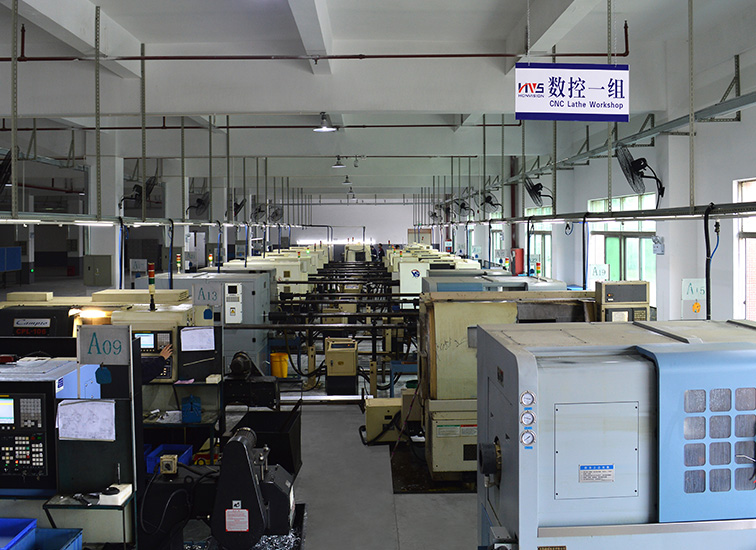


 Spanish
Spanish Arabic
Arabic French
French Portuguese
Portuguese Belarusian
Belarusian Japanese
Japanese Russian
Russian Malay
Malay Icelandic
Icelandic Bulgarian
Bulgarian Azerbaijani
Azerbaijani Estonian
Estonian Irish
Irish Polish
Polish Persian
Persian Boolean
Boolean Danish
Danish German
German Filipino
Filipino Finnish
Finnish Korean
Korean Dutch
Dutch Galician
Galician Catalan
Catalan Czech
Czech Croatian
Croatian Latin
Latin Latvian
Latvian Romanian
Romanian Maltese
Maltese Macedonian
Macedonian Norwegian
Norwegian Swedish
Swedish Serbian
Serbian Slovak
Slovak Slovenian
Slovenian Swahili
Swahili Thai
Thai Turkish
Turkish Welsh
Welsh Urdu
Urdu Ukrainian
Ukrainian Greek
Greek Hungarian
Hungarian Italian
Italian Yiddish
Yiddish Indonesian
Indonesian Vietnamese
Vietnamese Haitian Creole
Haitian Creole Spanish Basque
Spanish Basque

